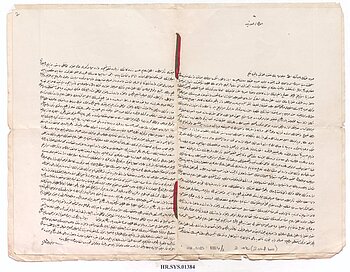From Sandžak Smederevo to Principality of Serbia (1792-1839)
In the course of the "long" 19th century, six "nation states" emerged in the Balkans from the territorial losses of the Ottoman Empire: Greece (1828/1830), Serbia (1833/1878), Romania (1859/1866/1878), Montenegro (1852/1878), Bulgaria (1878) and finally Albania (1912) emerged as the "winners" from the hard-fought game of state-making and state-building in the region. Such an outcome was neither completely contingent nor completely predetermined. The European great powers played a decisive role in the comparatively tumultuous state-building process in the region: it was largely up to them to determine whether a new state should be created at all, where its borders would be drawn, whether the state would become autonomous or sovereign, and which European dynasty would rule the emerging state. The success of revolts against the Ottoman Empire or local Ottoman warlords depended on the willingness of the international community (or at least one of the "big players") to support the Christian rebels (or revolutionaries) and to bring about and promote a change of rule and allegiances. In this way, the great powers acted (more or less intentionally) on the one hand as gravediggers of the Ottoman Empire and on the other hand as midwives for the new Christian states in the Balkans.
In the study with the working title "From Sandžak Smederevo to the Principality of Serbia: Security, Taxes and State-Building in an Ottoman-Habsburg Border Region (1792-1839)", the aim is to link the slow but, in retrospect, seemingly unstoppable retreat of the Ottoman Empire in the Balkans with state-building in that region, which became known as the "Principality of Serbia" (Knjažestvo Srbija, Knjaževina Srbija, Kneževina Srbije) from the 1830s at the latest. In short, it is about the transformation of an Ottoman-imperial border region into a modern nation state (especially in terms of its claim). Even though this process is already well researched in some areas, there is a need to catch up in one essential point: the Ottoman perspective is usually hardly taken into account with regard to the history of Southeast Europe in the 19th century. For this book, in addition to sources from Vienna and Belgrade, some 150 relevant documents from the Ottoman archives in Istanbul were selected, transcribed and translated. This is a first modest attempt to understand and write the history of the Balkans also as Ottoman history.
